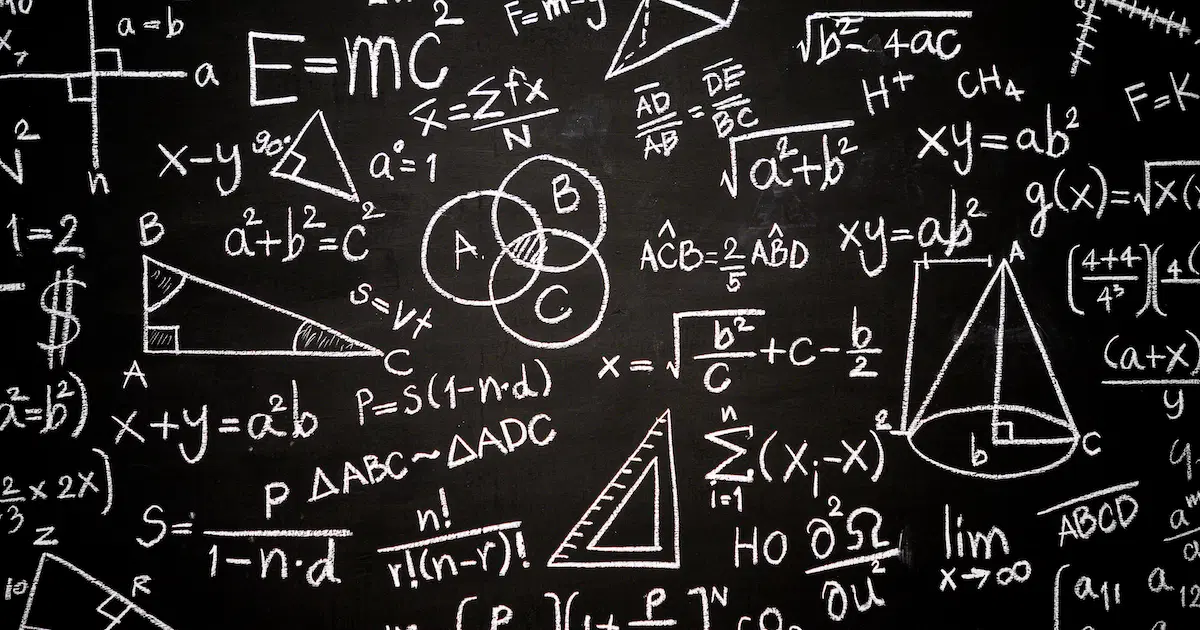Basic Concepts of Modeling
Explore the concepts of mathematical modeling, ordinary differential equations, partial differential equations, and initial value problems.
Modeling
- Model: A mathematical formulation of an engineering problem using variables, functions, equations, etc.
- Mathematical modeling or Modeling: The process of creating a model, solving it mathematically, and interpreting the results
flowchart LR
title([Modeling])
A[Physical System] --> B[Mathematical Model]
B[Mathematical Model] --> C[Mathematical Solution]
C[Mathematical Solution] --> D[Physical Interpretation]
Many physical concepts such as velocity or acceleration are derivatives, so models often take the form of equations containing derivatives of unknown functions, i.e., differential equations.
Ordinary Differential Equations (ODE) and Partial Differential Equations (PDE)
Ordinary Differential Equations (ODE)
Ordinary Differential Equation (ODE): An equation containing the nth order derivative of an unknown function
Examples:
\[y' = \cos x\] \[y'' + 9y = e^{-2x}\] \[y'y''' - \frac{3}{2}y'^{2} = 0\]Partial Differential Equations (PDE)
Partial Differential Equation (PDE): An equation containing partial derivatives of an unknown function with two or more variables
Example:
\[\frac{\partial^2 u}{\partial x^2} + \frac{\partial^2 u}{\partial y^2} = 0\]Solution
If a function $h(x)$ is defined and differentiable on an open interval $(a, b)$, and when $y$ and $y’$ are replaced with $h$ and $h’$ respectively, the given ordinary differential equation becomes an identity, then the function
\[y = h(x)\]is called a solution of the given ordinary differential equation on the interval $(a, b)$, and the curve of $h$ is called a solution curve.
Examples:
\[y'=\cos x \Leftrightarrow y=\sin x+c\] \[y'=0.2y \Leftrightarrow y=ce^{0.2t}\]A solution containing an arbitrary constant $c$ is called a general solution of the ordinary differential equation.
Geometrically, the general solution of an ordinary differential equation is a collection of infinitely many solution curves, with one curve corresponding to each value of the constant $c$. Selecting a specific constant $c$ yields a particular solution of the ordinary differential equation.
Initial Value Problem
To obtain a particular solution of a given problem, the value of the arbitrary constant $c$ must be determined. In many cases, this can be found through an initial condition such as $y(x_{0})=y_{0}$ or $y(t_{0})=y_{0}$ (it’s called an initial condition even if the independent variable is not time or if $t_{0}\neq0$). An ordinary differential equation with an initial condition is called an initial value problem.
Example:
\[y'=f(x,y),\qquad y(x_{0})=y_{0}\]Modeling Example: Exponential Decay of Radioactive Material
Find the remaining amount of radioactive material over time when the initial amount is given as 0.5g.
Experiments show that radioactive material decomposes at a rate proportional to the amount of remaining material, and thus decays over time.
1. Setting up the Mathematical Model
Let $y(t)$ represent the amount of material remaining at time $t$. Since $y’(t)$ is proportional to $y(t)$, we obtain the first-order ordinary differential equation:
\[\frac {dy}{dt} = -ky\](where constant $k>0$).
We also know the initial condition $y(0)=0.5$. Therefore, we can set up the mathematical model as the following initial value problem:
\[\frac {dy}{dt} = -ky, \qquad y(0)=0.5\]2. Mathematical Solution
The general solution of the differential equation we set up is as follows (refer to Separation of Variables):
\[y(t)=ce^{-kt}\]Since $y(0)=c$, we get $y(0)=c=0.5$ from the initial condition. Therefore, the particular solution we’re looking for is:
\[y(t)=0.5e^{-kt} \quad(k>0)\]3. Physical Interpretation of the Solution
The solution we found represents the amount of radioactive material at any time $t$. The amount of radioactive material starts from the initial value of 0.5(g) and decreases over time, with the limit of $y$ approaching $0$ as $t \to \infty$.
